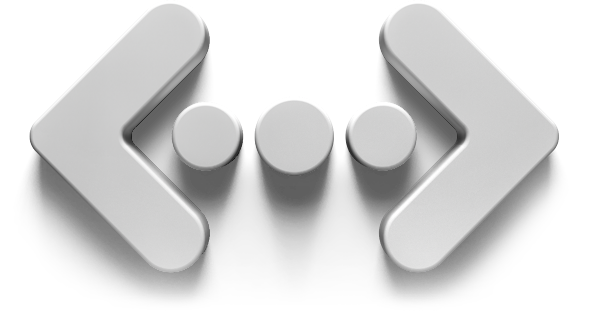“Can you hear me now?”
A Cimetrix blog post on March 15, 2016 entitled “CIMControlFramework Work Breakdown”mentions that CIMControlFramework (CCF) includes ASCII serial drivers and IO providers. What does that mean and why should you care?

Equipment automation is all about creating software that controls hardware—combining individual components into a harmonious whole, with each piece playing its own unique part. A critical aspect of control is the ability to communicate—and that is where CCF’s ASCII serial driver and IO providers can help you create your equipment application.
The .NET Framework, like many software development platforms, provides built-in support for serial ports and TCP/IP ports. This built-in support is great for low-level, binary communication, but hardware devices often just need a simple ASCII connection. For such hardware, CCF’s ASCII serial driver frees you from worrying about the connection and the underlying implementation. You can focus on the content of the message instead of the mechanics of delivery. It’s like using a telephone—you want to focus on the conversation rather than worrying about how the sounds are transmitted between the phones.
Another common class of hardware uses signals to communicate. These signals can be as simple as only having two possible values (think “on” and “off”) or having a range of values, like a temperature. Each signal also has a direction—it is either an input or an output. For input signals, the value is determined by the hardware and read by the software. Output signal values are determined by the software and sent to the hardware. For example, control software might use an output signal to turn a light on and off, and an input signal from a photocell to verify the light is on or off. This class of hardware is called I/O (short for input/output) devices and is supported by CCF.
CCF includes support for communicating with ASCII serial and I/O devices to make your job easier. Don’t spend your time and effort asking the hardware “Can you hear me now?” Use CCF and focus on combining the parts into the harmonious whole.
To learn more about CCF, visit the CIMControlFramework page on our website!





